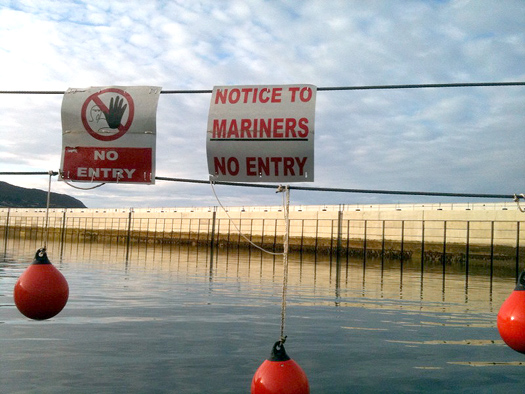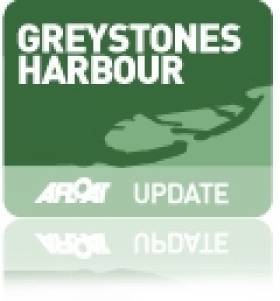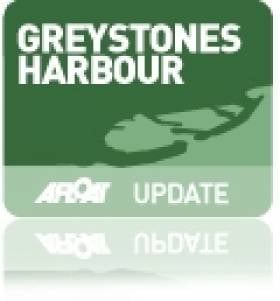Displaying items by tag: Greystones Motor Yacht Club
Greystones Motor Yacht Club (GMYC) Hosts RNLI Evening
#Greystonesharbour – Greystones Motor Yacht Club will have an RNLI Lifeboat presentation night next Thursday 29th August at 8pm.
The venue is upstairs at the nearby Beach House Pub, next door to Greystones Harbour, a location popular with visiting sailors, including the Squib class.
Joe Taylor from the RNLI hopes to have the lifeboat 'Annie Blaker' in attendance at the harbour.
GMYC We is also going to launch the new Greystones Harbour defibrillator scheme with an explanation of how it will operate.
There has been good news in Wicklow for watersports fans with the new public slip opening at Greystones harbour. It is now possible to launch three boats at one time even at low water (when most slips run out of water), which is a great improvement. At the moment it is understood only limited access is available to the slip as building works are undergoing. When finished there will be a second wide slip and Cllr Derek Mitchell of the town council maintains the new facilities will be the best public boat launching facilities in the country.
Sispar, who are building the harbour, stated that the marine works are still on target to be completed this October and building a Medical centre on the site will start then provided Wicklow Council vote for it in September. Completion is expected late in 2011. It is hoped to build the Public Square, Clubhouses and take down the hoardings by the same time.

Greystones Marina under construction in June 2010
Because of this building it is unlikely that the planned 200 berth marina can open until early 2012 as land access will be across the building site. Sispar is keen to add up to 34 houses to the planning permission later and will consider this following Bord Pleanala’s ruling that moving some of the old town dump will require their approval. The problem being that Bord Pleanala’s approval process could take over a year.

No entry to boaters in the marina basin
Cllr Mitchell has made a submission to the Planning process to ask that better drainage be provided in Darcy’s field to try to reduce erosion and that more boat storage and maintenance areas be provided to produce more jobs. "Also I have asked that the large Public Square be reorganised to provide more open continuous space for major town events such as concerts, parades, car shows etc" he told Afloat.ie
Greystones Motor Yacht Club
Greystones Motor Yacht Club
Do you own a power boat or a yacht?
Do you moor or berth it elsewhere because of the poor condition of Greystones harbour?
Is it your intention to keep your boat at the new Greystones harbour?
Do you like having fun?
If you have answered ‘yes’ to the above four questions then we have some good news for you. As you will be aware a vibrant new community harbour and marina is to be built at Greystones. We welcome this improvement and all the facilities that are being put in for the existing clubs and for the general public who will be able to enjoy this great addition to our town.
We intend to set up the Greystones Motor Yacht Club. The purpose of this club will be to cater for the needs of both motor boats and yachts. As it stands there is no club for us to join in Greystones so it is our intention to start such a club.
Setting up the Greystones MYC has commenced but will take some time. However if you are interested in becoming a member please register your interest by emailing your details to us.
Greystones Motor Yacht Club, Greystones, Co. Wicklow. Tel: 085 788 9544 or email: [email protected]
or c/o Michael Quinn, 20 Main Street, Bray, Co. Wicklow. Tel: 086 2675382, 01 282 9541, or email: [email protected]
Have we got your club details? Click here to get involved






























































